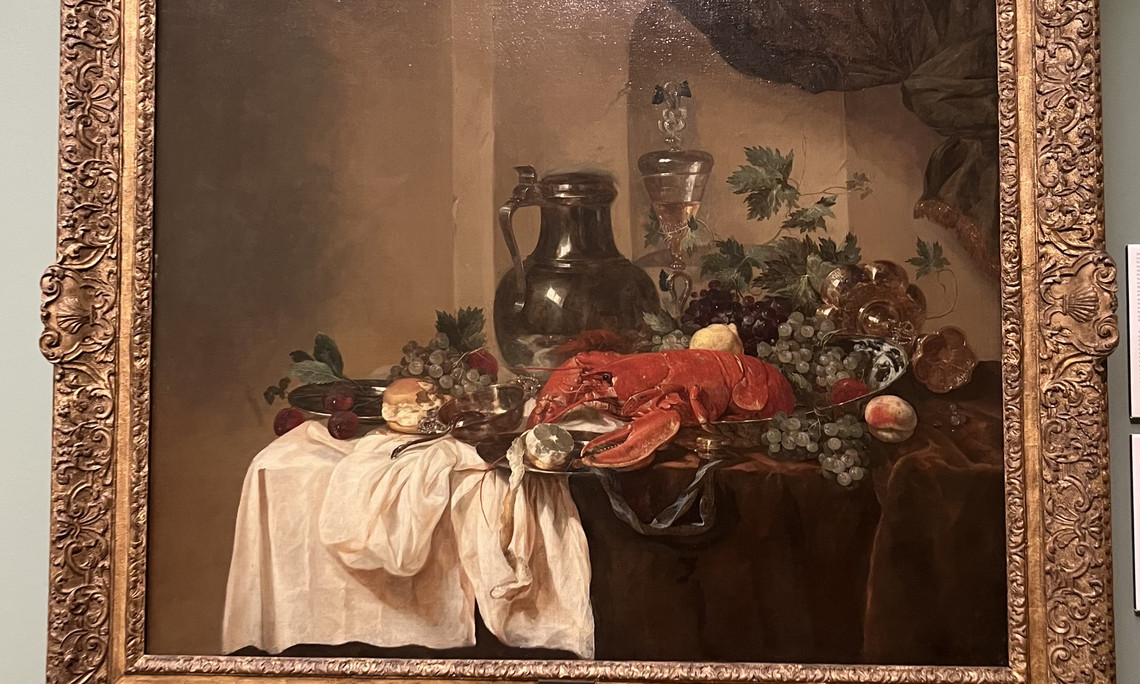In the morning, we began with two book presentations from our summer reading, followed by a discussion on defining art in 3 sentences. We explored various definitions, emphasizing art as a form of expression that engages the senses, affects its audience, and inspires others. Examples included industrial design (such as Apple iPads) and unconventional art forms like the „Abfallhai“ rubbish containers.
We then examined different forms of art, analyzing examples from music (John Cage’s Tacet), painting (R. Oberhänsli’s Hoffnung), sculpture (I. Goor’s Never Again Holocaust memorial), literature (Goethe’s Faust), and film (Mona Lisa’s Smile). We also discussed how even natural objects, like the detail of a sunflower, could be considered art.
A key question came up: Who defines what art is? We considered perspectives such as art being created by humans for our desire to share our perceptual experiences with each other. We also thought about whether computers can create art, and watched a TED Talk on artificial intelligence.
We brainstormed a broad range of art forms, from traditional mediums like painting, music, and dance to more modern expressions such as content creation, sports, and makeup. We further discussed why we even need art and came up with answers like inspiration, education, business, cultural expression, and entertainment. We examined art as a tool for ethical debate, using examples like Raqs Sharqi (Egyptian belly dance) performed by a Swiss woman and another TED Talk on AI’s role in art.
Key artistic concepts were discussed, including the artist’s intention, aesthetics, skill, and the spectator’s response. We questioned whether artistry can be trained and how perception influences appreciation.
In the afternoon, we visited the Kunsthaus Zürich, where we enjoyed a guided tour. During an exercise, we observed the painting „Stillleben mit Hummer und grosser Zinnkanne“ for one minute, then turned around to recall the things we saw. Interestingly, we remembered everything except an expensive pocket watch. So linked back to ToK this means that we only see or pay attention to things we know. When looking at the painting „Die Gotthard Post“ by Rudolf Koller we learned about stylistic devices and discovered that the depicted scene is actually an impossible scenario. We also realized that understanding the story behind an artwork changes how we look at it.
At the very end we went over to the new building and had a look at the Bührle Collection, where we got informed about the „NS-Raubkunst“. All in all, the Kunsthaus was a great conclusion to this interesting day!

